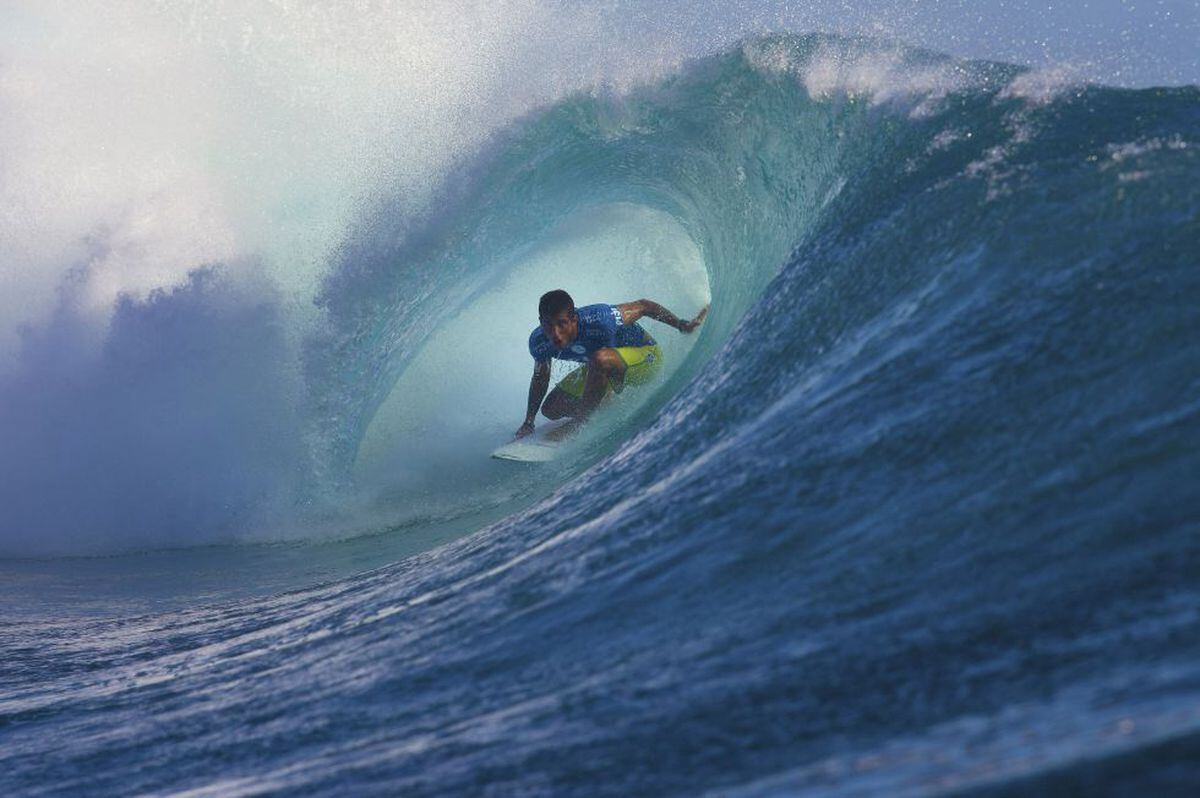Since the eighteenth century, mathematicians have proposed different models to describe surface waves, which propagate at the interface between two different media. Specifically, the research seeks to identify the conditions that ensure the existence of these waves and study their shape and properties.
Models capture the motion of a body of water under a body of air, using a set of partial differential equations, called Euler’s equations. These equations are derived by applying the laws of conservation to the mass of water: the conservation of volume and the conservation of momentum. In addition, different conditions are imposed on the interface: the presence of gravity as well as surface tension, i.e. the mechanical cohesion tension of particles at the interface, can be considered, causing objects with a higher density of water, or insects, to float to the surface rather than sink. If only gravity is taken into account, then they are gravitational waves. If only surface tension is taken into account, they are pure capillary waves; If both forces are taken into account, they are capillary gravitational waves.
Moreover, it is possible to look at these waves with finite or infinite depth; Infinite depth is an approximation of the depth of the oceans. For more realistic wave modeling, which also takes into account the presence of winds, eddies and currents, the vortex is added to the equations, which relate to the fluid’s rotation speed.
On the other hand, when looking at the surface waves of a lake or sea, it is noticed that they, approximately, maintain a constant speed and the same shape. Therefore, the problem is studied independently of time, which allows us to simplify Euler’s equations. However, on the other hand, it is taken into account that the interface between water and air moves with the liquid, so it is an unknown part of the problem, which adds a mathematical difficulty.
The result is a set of invariant Euler equations – that is, whose solutions do not change over time – incomprehensible – meaning that the fluid cannot be compressed, it always maintains the same volume – and rotational or irrational, under different conditions. Interface (gravity, surface tension, or both). As we said at the beginning, the main goal is to prove that they have a solution – which corresponds to the wave in the physical world – and to understand its shape and properties.
In 1840, George Gabriel Stokes began… His studies on waves They discovered that in the presence of gravity alone, the highest possible waves form at the crest – the highest point of the wave – at an angle of 120 degrees with the horizontal. Stokes’ theory proved very useful in describing tsunamis and designing coastal structures.

According to this result, considering only the presence of gravity, waves that bend back on themselves (called dangleralso tubes), the extreme case in which the waves are so inclined that the end of the crest touches the base, forming a closed tube. With other terms, can we have this kind of tube wave as a solution to the equations? It is a phenomenon that is observed in nature – in fact,They are the surfers’ favorite waves! – Therefore, if it cannot be a solution to the equations considered, then this means that the model does not provide a good description of the waves.
At present, there are many demonstrations using numerical methods – which approximate solutions to equations – that prove the existence of tube waves under certain conditions, but few of these results have been analytically confirmed.
The outcome Most famous in this sense, published by G.D. Crapper in 1957, demonstrates the existence of tube waves when only surface tension is present. Specifically, it proves the existence of pure, non-rotating capillary waves with infinite depth.
Analytically, these are the only exact and explicit solutions that show this behaviour. Several extensions of this work have been made in recent decades, adding Small Gravity Valuesalso Small gravitational values and small and focused vortex. All of these solutions are crapper wave perturbations and have tubular profiles, allowing us to come close to any surfer’s dream. On a planet with little gravity and great depths, there will be a perfect surf tube wave at any time!
Elena Dirio Postdoctoral researcher at the Institute of Mathematical Sciences
Coffee and theories A section dedicated to mathematics and the environment in which it was created, coordinated by the Institute of Mathematical Sciences (ICMAT), where researchers and center members describe the latest developments in the discipline, share meeting points between mathematics and other social media and cultural expressions and remember those who marked their development and knew how to transform mathematics. Coffee to theories. The name evokes the definition of Hungarian mathematician Alfred Rainey: “A mathematician is a machine that turns coffee into theorems.”
Edition and Format: Agate A. Timón G Longoria (ICMAT).
You can follow Theme at FacebookAnd Twitter And Instagramor sign up here to receive Our weekly newsletter.





